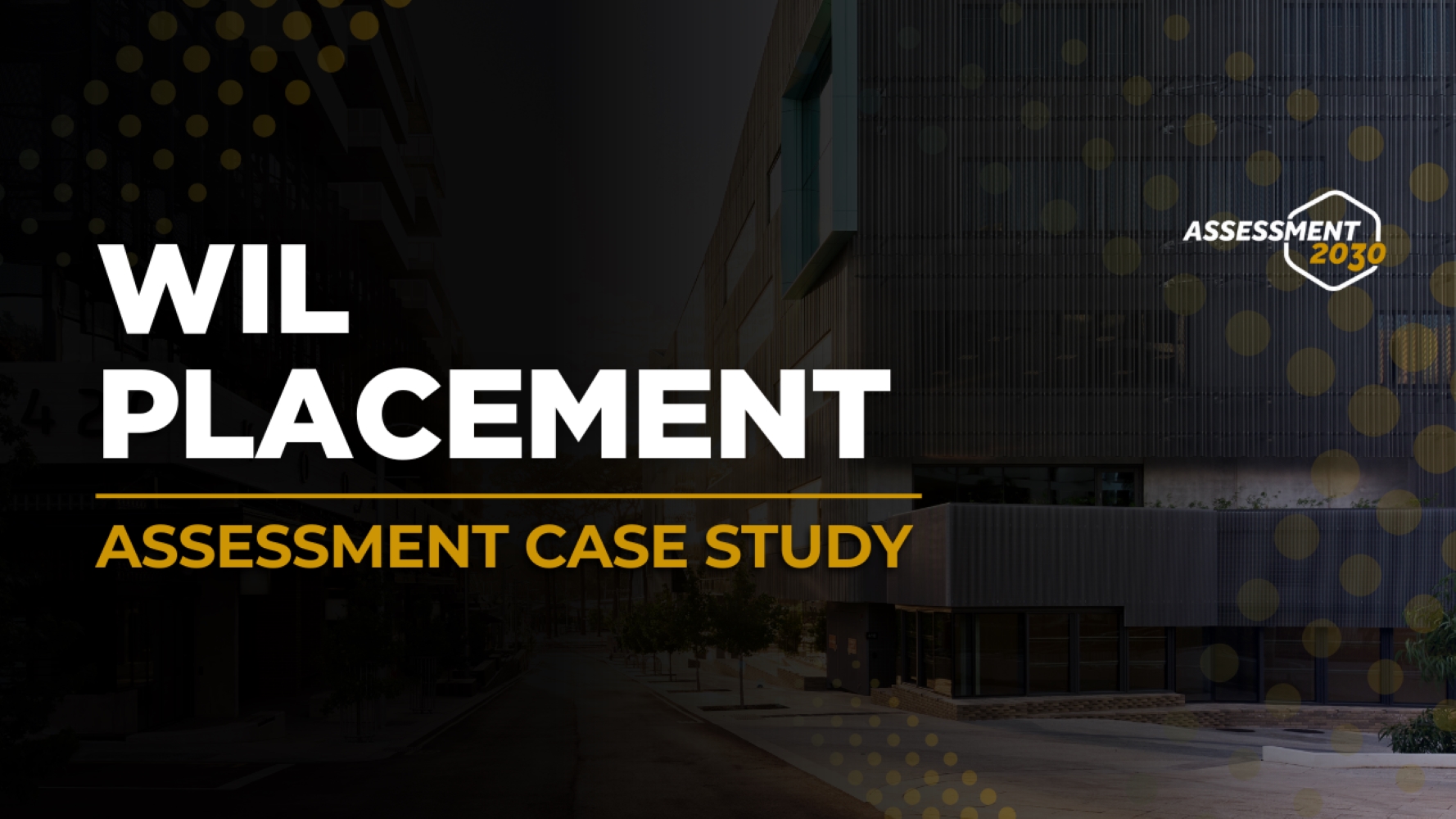Overview
WIL placement assessment through supervised geological field trips transforms theoretical knowledge into authentic professional practice by embedding students in real-world data collection environments. This assessment model integrates comprehensive preparation with hands-on fieldwork, where students actively collect measurements, create maps, and document observations under continuous expert supervision. By combining traditional techniques with cutting-edge technology across diverse geological sites, this approach ensures both academic integrity and industry-aligned learning experiences that develop critical professional skills essential for geoscience careers.
Associate Professor Nick Timms
Faculty of Science & Engineering
About my unit: Faculty of Science & Engineering | 50-100 students | In-Person | Individual work/Group work
Associate Professor Nick Timms from Curtin University’s School of Earth and Planetary Sciences shares his innovative approach to assessing geology students at all levels through supervised field trip placements. This Lane 1 assessment integrates theoretical preparation with real-world geological data collection across Perth and regional Western Australia, where students actively measure and record observations in individual field notebooks, maps, and other data-rich artifacts under continuous staff supervision.
The assessment combines traditional pencil-and-paper techniques with cutting-edge technology including digital and drone-based mapping to ensure industry-aligned learning experiences. Led by industry expert academic and professional staff, these field trips emphasise understanding the “why” and “how” behind geological work while developing critical career skills including problem-solving, communication, resilience, and teamwork. Students experience professional simulation environments that directly connect their earlier lab work, tutorials, and workshops to authentic workplace practices, with academic integrity maintained through supervised calculations and data collection throughout the assessment process.
Suggested Marking Criteria
Note: Marking criteria are suggested guidelines. Specific descriptions should be adapted to relevant content and learning objectives.

